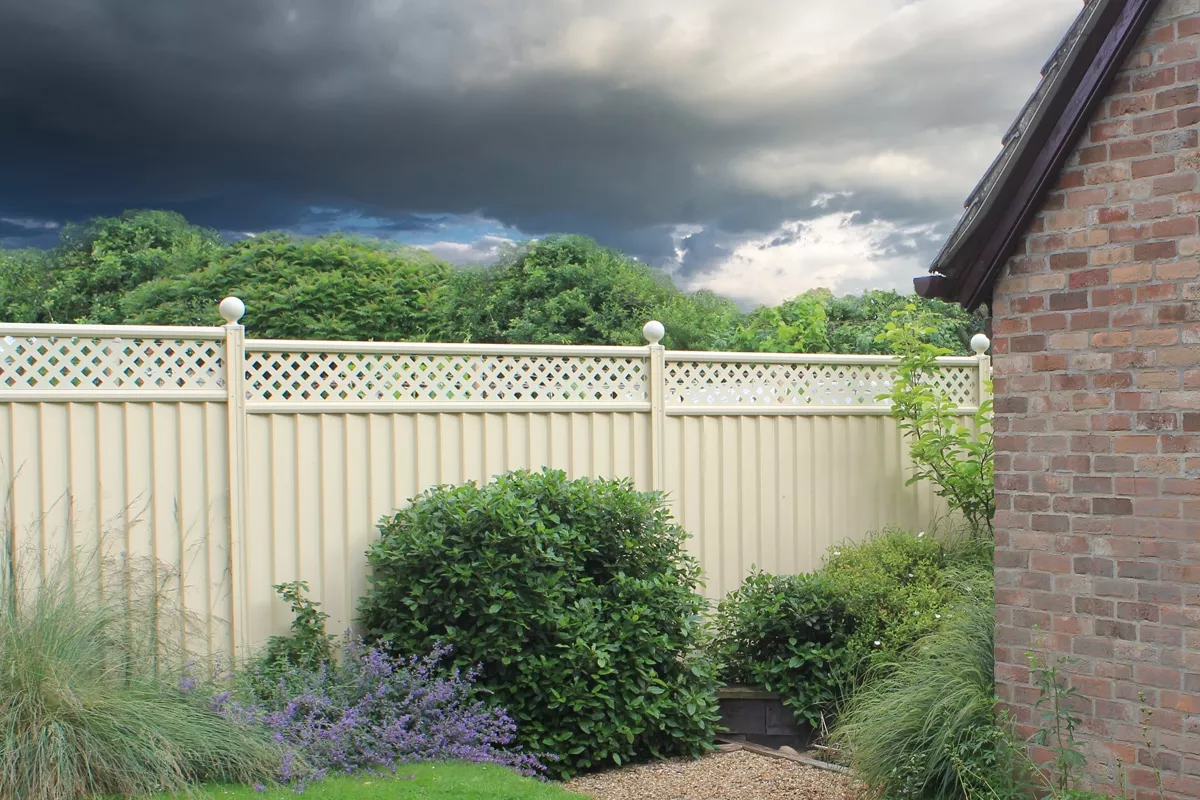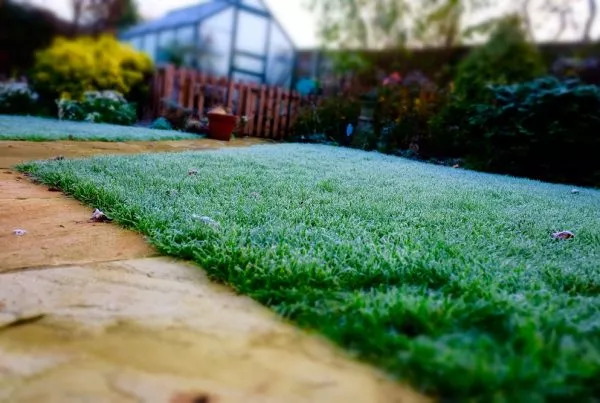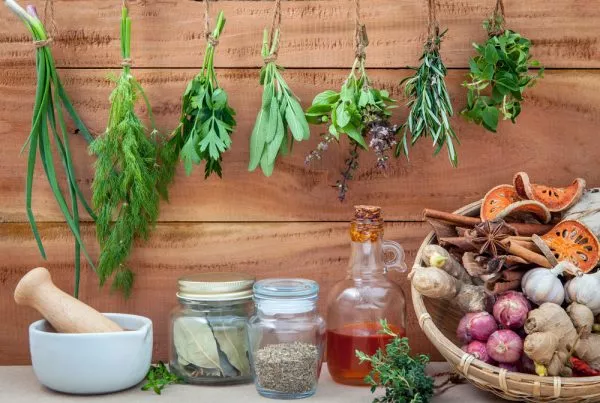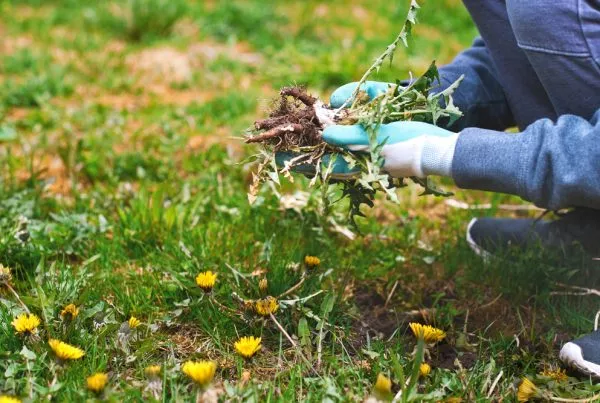Recently the weather forecast has been predicting flooding and tidal surges. Last year’s strong winds and high floodwater have perhaps caused ‘weatherproofing’ to be one of the Telegraph’s gardening trends for 2017.
Climate

The world’s climate has definitely changed. Extremes are become more common and gardens are being affected. Surprisingly, plants can drown; and summer floods are worse than the winter variety. At least in winter, roots are dormant and plants can recover more easily. Coastlines are even harder on gardens; harsh winds, flooding and salt air all conspire to damage your garden.
Some solutions include clever planting, secure fixtures and landscaping. For example, raised beds can solve many climate-related problems – they are also easier to weed and take care of. Seasonal pruning can reduce splintered trees and flyaway branches. Create windbreaks with pampas grass or high fences, and consider using paths to avoid churning the lawn on damp days.
Fixtures
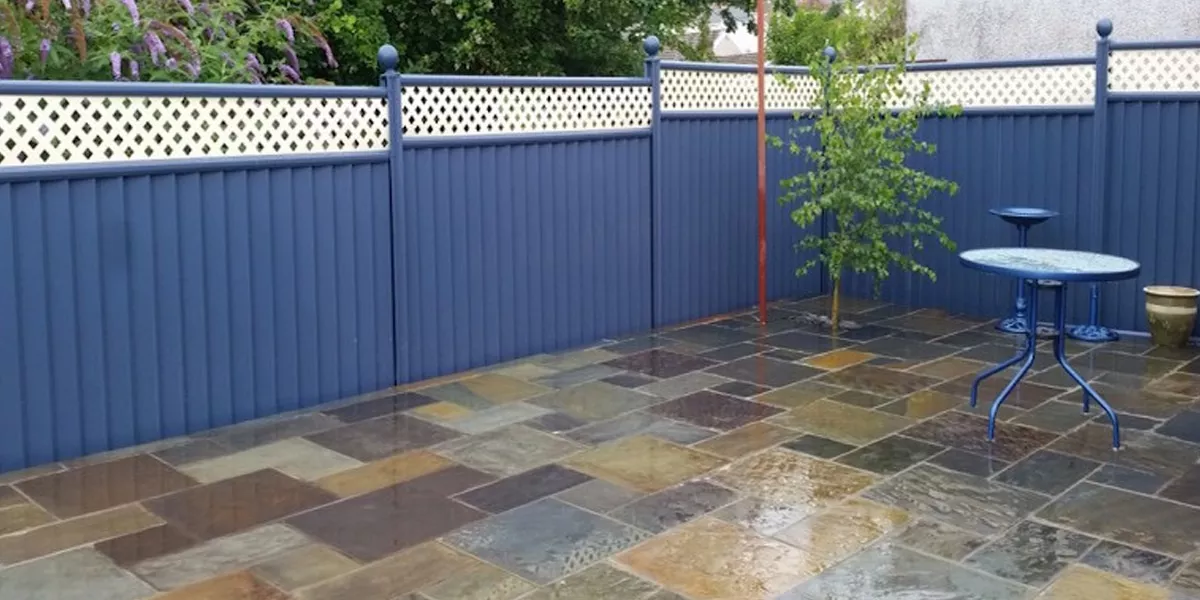
Firstly, treat garden furniture with sealant, or else cover it carefully. Secure poly-tunnels and greenhouses to ensure they are not devastated by high winds.
Provide cosy, weatherproof shelter for outdoor animals so that they have shade in summer and protection in winter. To protect yourselves from weather, try a pergola, retractable shade or pop up tent. Alternatively, a permanent terrace is a great investment in your home and is more durable than some options.
RHS Advisor Guy Barter, advises that traditional beech and box hedges are prone to loose roots and blight respectively. This makes high quality fencing an excellent alternative. ColourFence is weather resistant, resists gales up to 130 MPH and is very durable. It is also very low maintenance, especially in comparison to hedges which need a great deal of pruning and treatment.
Planting

Dr Ross Cameron of the University of Sheffield has advised that gardeners turn to more flood and drought-resistant plants. An easy way to do this is with ‘native planting’. Look up tree and shrub varieties native to your area – attend heritage seed swaps and ask your garden centre for hardy local greenery. Skip subtropical plants and focus on traditional planting for more resilient gardens. Traditional English options such as salad plants, root vegetables, and brassicas can be tolerant of rain and cold.
Avoid paving too much of your garden – as this can lead to standing water and soil erosion. To improve soil drainage, use a lawn aerator and consider nitrogen feed for plants. Mulch the roots of plants to keep them moist but protected from excessive water. Plant according to your soil type to reduce the impact of adverse weather conditions.

